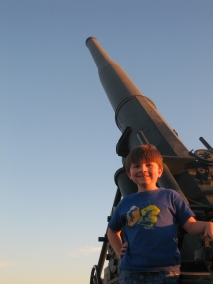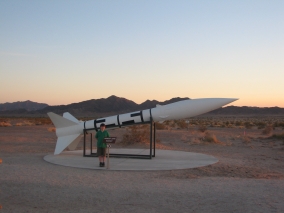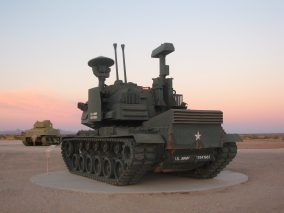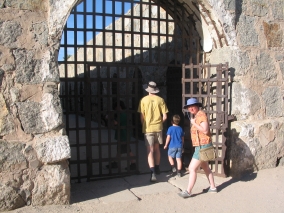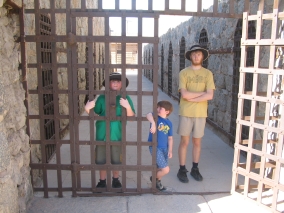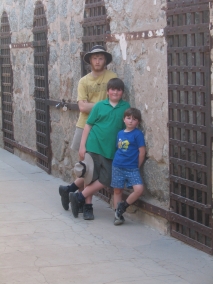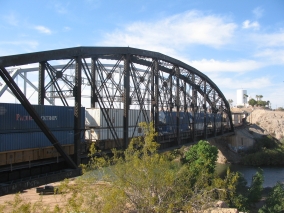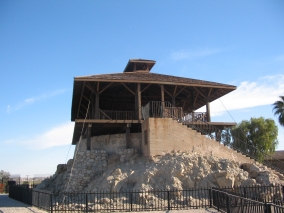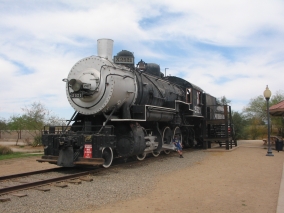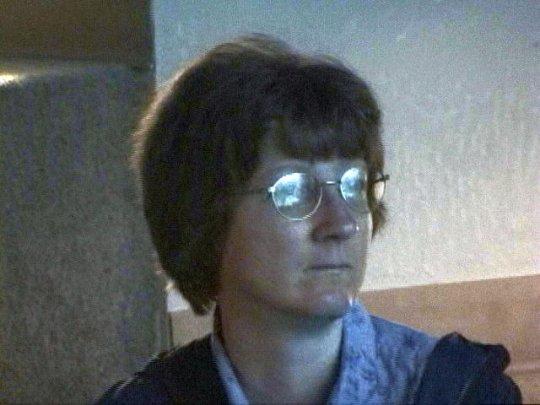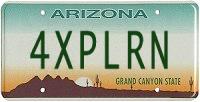March is “Arizona Archaeology Heritage Awareness Month.” Museums, historical societies, tribes, parks, and archaeological organizations across the state host archeology events during this month.
The main featured event is the Arizona Archaeology Expo which is held at
Yuma Crossing State Historic Park.
We’ve been aware of Archeology Month for years and this was the first time we finally had a chance to attend the Expo. I don’t know why they always have it way down there, but we found out that it was well worth the trip. First of all, the event itself is FREE. Plus it’s like getting a two-for-one deal because while you’re at the Expo, you can also explore the entire park grounds and learn about the history of the Yuma Crossing (which was quite interesting in itself; please go on to read the next post after this one).
The Archaeology Expo offers many educational attractions for archaeology and history buffs, as well as for children. Visitors learn about the prehistory and history of Arizona, why it is important to preserve archaeological sites and historic places, what archaeologists and historians do in their jobs, and more. The two-day event features workshops, hands-on activities, craft demonstrations, and other fun and educational events. There are special displays and booths by archaeological and historical organizations, museums, Native American tribes, state and federal agencies, and others. Entertainment includes living history re-enactors, storytellers, and American Indian dancers.
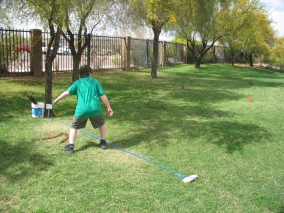
The kids got to make clay pots, petroglyphs and rubbings for bringing home. They also liked looking at the sample dig site that was set up, and digging for their own finds in a tub of sand. They got to use a primitive wooden drill, toss a boomerang, and throw spears at a mammoth. There was lots of literature to pick up, and souvenir canvas totes to carry it all in. We even got to see a weaving demonstration. They also offer guided tours of historic period sites in the Colorado River Valley area, but we didn’t have time to go on any of them.
We spent about three hours in the afternoon at the Expo and looking around the 10-acre park grounds. Many of the exhibitors were packing up their stuff and leaving before we did. Who could blame them, they were worn out after spending two days in the heat. Unbelievably, it was the second hottest day ever recorded in March – officially 101°F at the Yuma Airport, but the park rangers said that their thermometer read 103°. Either way, no one was prepared for it to be that hot in March! My kids even went in the pool that week – the first time they ever got to go swimming when it was still winter! Thankfully the park staff provided ice cold water in coolers. We refilled our little paper cups often!
I was surprised, though, to see that there weren’t too many visitors. It wasn’t crowded at all and the kids didn’t even have to wait in line to do the activities. I don’t know if it was the heat that kept people away, or if it’s never very crowded because of the remote location at the southwest corner of the state, or perhaps their busy day is Friday for school tours. I sure hope enough people attend these annual archeology open houses to make a difference in promoting a sense of stewardship for our state’s nonrenewable heritage resources.
A free listing of Arizona Archaeology Month events as well as brochures on archaeological sites in the state of Arizona—complete with descriptions, hours of operation, directions, and a map—can be obtained by calling the Arizona State Parks State Historic Preservation Office at 602-542-4174. Archaeology Month information can also be found on their website at www.pr.state.az.us.
Labels: Archaeology, history, Living History, transportation, Yuma
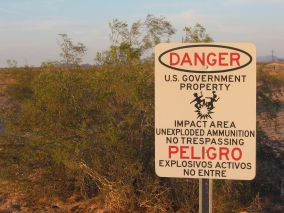 On our way home from
On our way home from 
